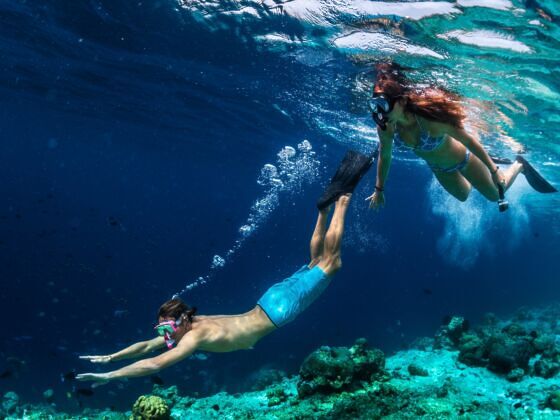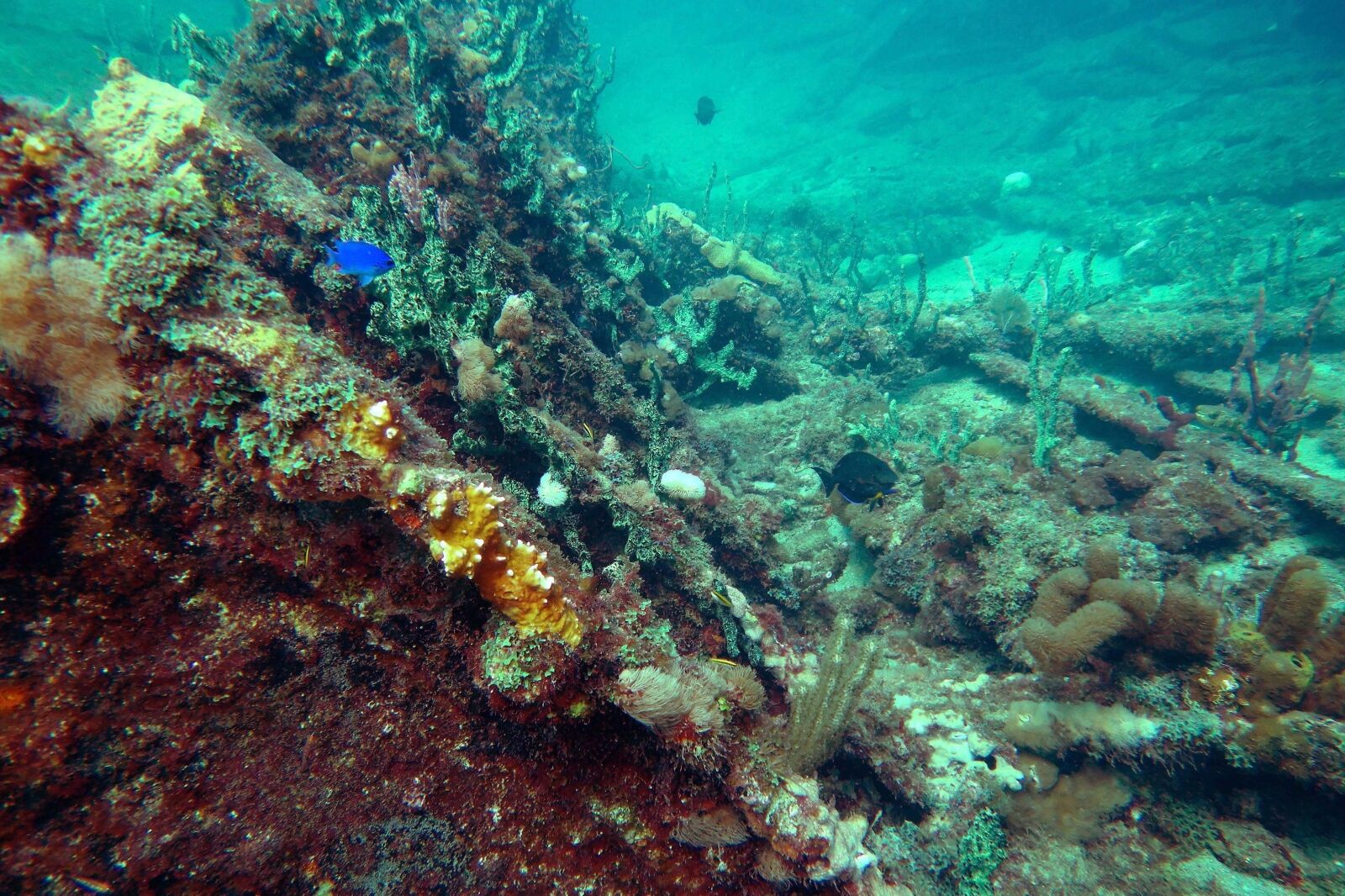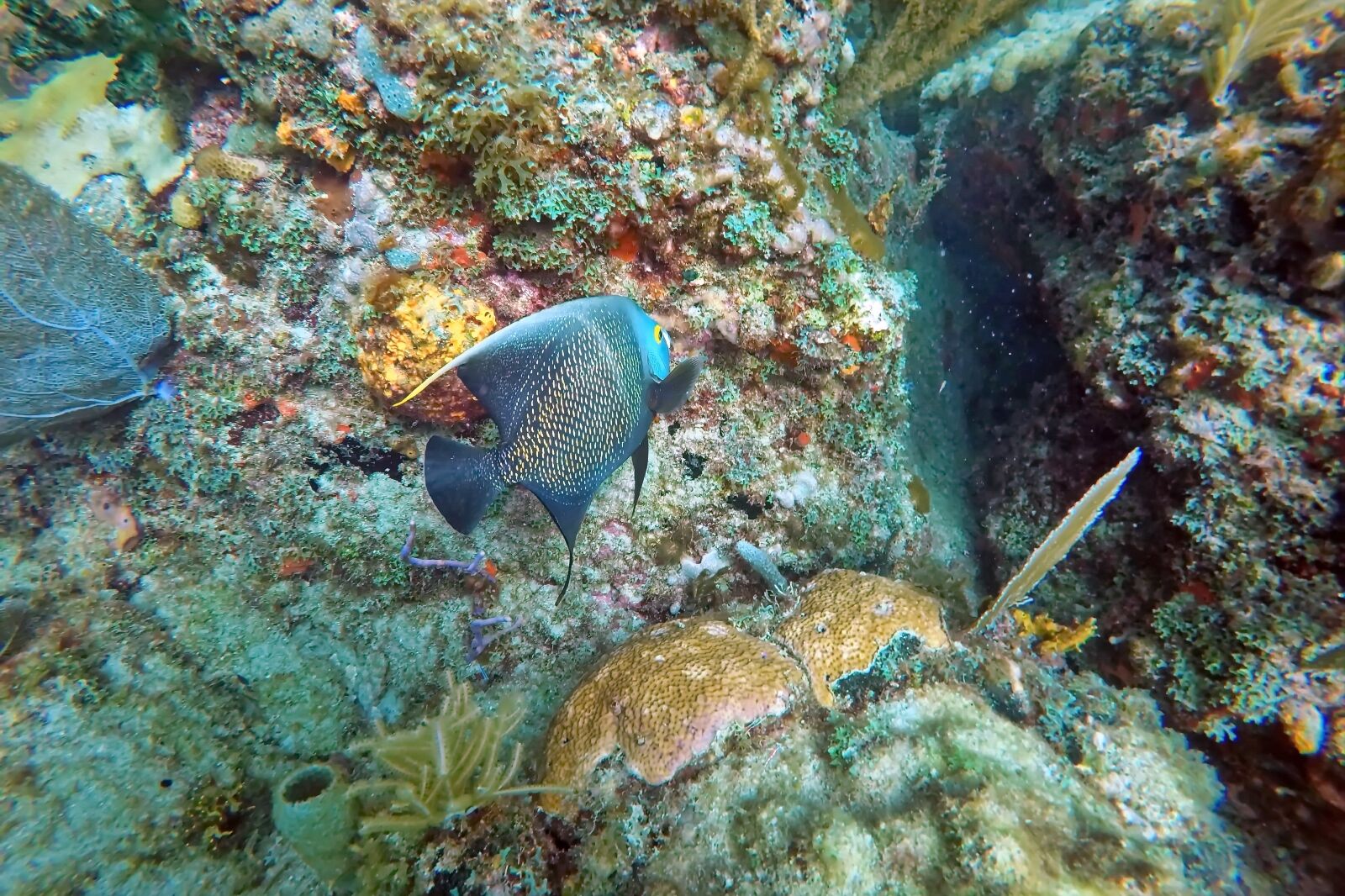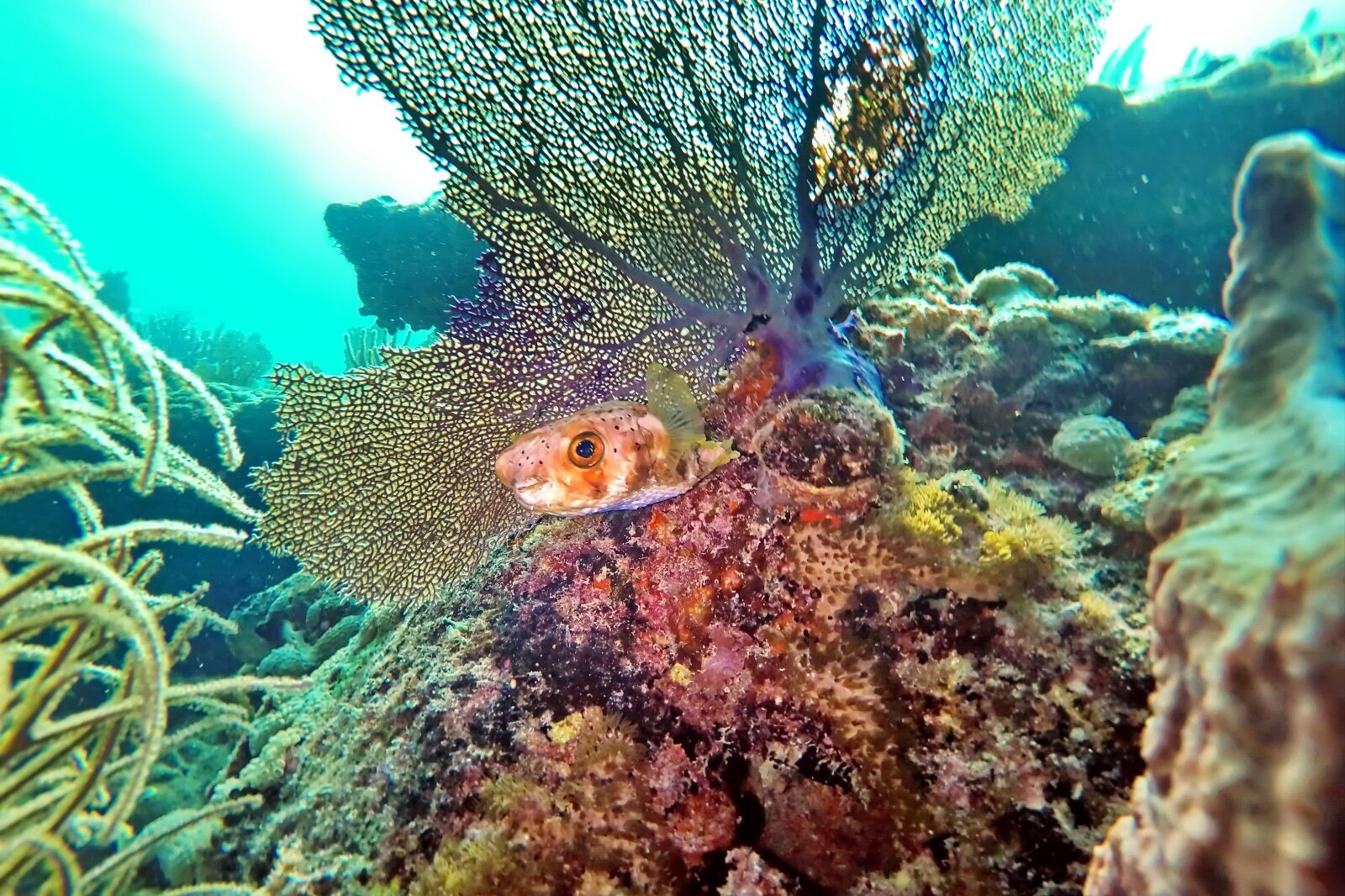There are many great snorkeling spots around the world: the Virgin Islands, Maldives, the Great Barrier Reef. While Fort Lauderdale might not have the cache of those places, it is an often-overlooked location to snorkel with a bevy of ocean life, including eels, sea turtles, and even sharks. And it’s a heck of a lot more convenient for most people than flying to the Indian Ocean.
A series of reefs stretch north and south off the eastern coast of Florida, protecting the beach and buildings from erosion, offering a habitat for marine life, and providing consistent game for anglers. The Florida Reef Tract, which hugs the state’s Atlantic coast from the Dry Tortugas near Key West to the St. Lucie inlet in Central Florida, is the third-largest barrier reef ecosystem in the world, spanning nearly 360 linear miles. Just about 24 miles of that reef system are in Broward County, where three lines of barrier reefs run parallel to the shore. The closest is about 300 yards out and is a maximum of 20 or 30 feet deep, making it the best option for snorkeling.






